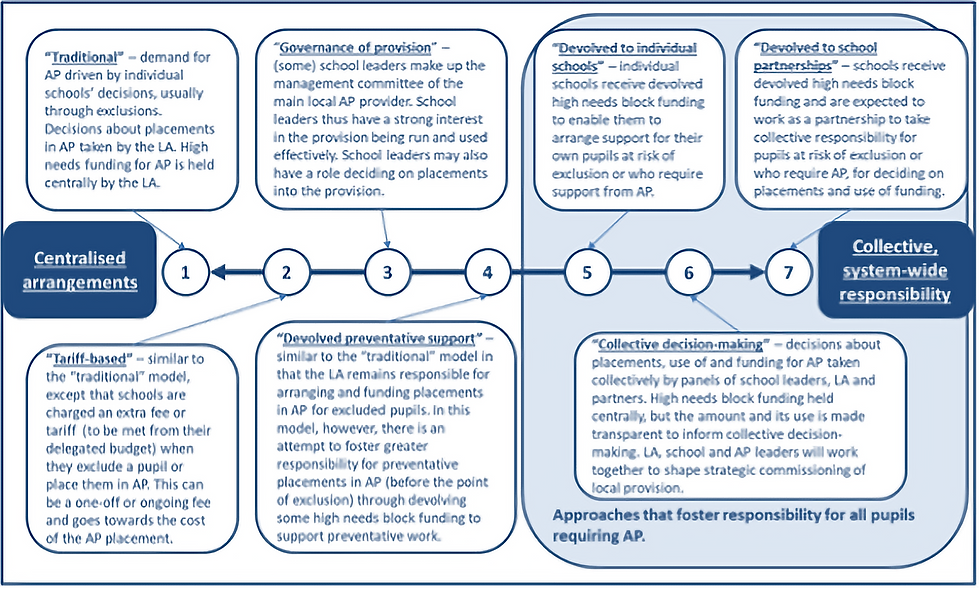Alternative Provision - Navigating Partnerships
- Imogen Phillips
- Feb 1, 2023
- 3 min read
This week’s blog will focus on working effectively in partnerships for Alternative Provision (AP) proposers. Through the AP wave, proposers are required to submit an application in partnership with a lead applicant and at least one local authority. Whilst partnerships can be effective, they can also be difficult to navigate without proper communication and a shared vision for the new school. This blog will explore the steps to approaching partnerships with constructive, positive, and successful communication.
Understanding Context
In order to work as a partnership, it is vital that discussions between the local authority and lead applicant cover the current context in the locality. When understanding AP commissioning in the area, one should consider the current commissioning model in the region. For example, is the local authority closer to a ‘traditional’ model (with individual schools driving decision-making), or to a ‘devolved to school partnerships’ model (through which decision-making is a collective process)?

This opens a discussion as to how the local authority and lead applicant hope to make commissioning decisions. With an appreciation of how commissioning currently works, and how the partnership would prefer commissioning to work, defined, moving forward the parties will have a greater understanding of how the new school will fit within the local authority.
Communication
In order to navigate partnerships, it is essential to ensure there are clear avenues of communication. Given the complex nature of the application, both parties will need to set time aside to draft their designated sections and discuss key elements of the proposed school.
Defining Vision
A useful starting point will be creating the vision for the new AP. With different individuals writing different sections, it is crucial that all partners are on the same page regarding the overall vision. The vision should act as a thread running throughout the application, tying together the sections written by the local authorities and the sections written by the lead applicant.
With a consistent vision throughout the application, it is evident that there is a robust partnership between all involved in submitting the free school proposal. A strong partnership will not only present a strong case to the DfE but will also be invaluable if the school is opened, ensuring clear communication and a common purpose when commissioning places.
Defining Outcomes
Both the local authority and the lead applicant will be required to discuss the outcomes they are hoping for students in various sections of the application. Therefore, an in-depth discussion or a workshop on these ideas will be useful to AP proposers.
Outcomes should be identified together in order to ensure consistency throughout the application. An excellent example of this would be for the lead applicant and local authority to envisage the same pupil. This should be representative of the proposed cohort in order to define the key outcomes they would hope for this student, and how the new provision will be modelled to improve outcomes for them.
Defining Details
Communication is also vital when defining the specification of the new provision. When making key decisions such as the age range, the type of placement that will be offered, pupil numbers and more, the vision of the school should be kept in mind. Therefore, it is essential that these decisions are made in partnership to ensure that the application flows seamlessly; this will highlight the vision of the school, and how the details of the school will allow the vision to be achieved.
How We Can Help
At Create: Schools, we are supporting AP free school proposers through facilitating partnerships. Our advisors also offer bid reviews to applicants free of charge, if you are interested in learning more about other services we offer please get in touch with the Create: Schools team.

Commentaires